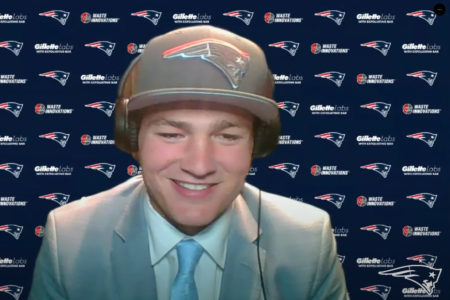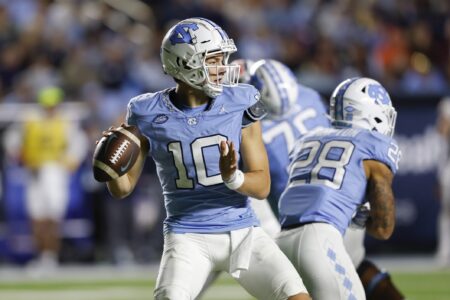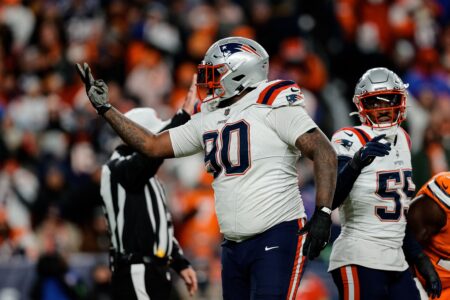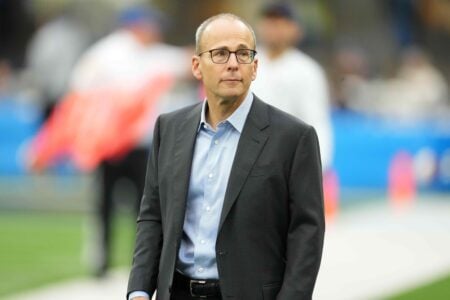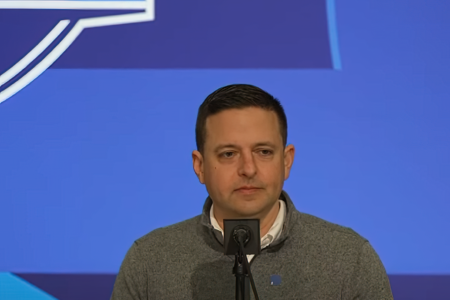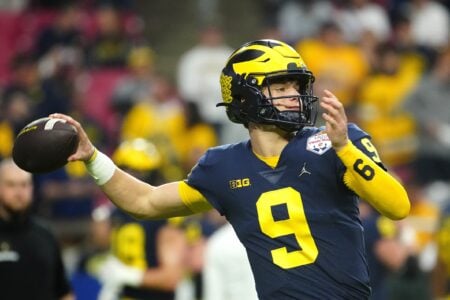RayClay
Hall of Fame Poster
- Joined
- Nov 14, 2005
- Messages
- 26,958
- Reaction score
- 9,712
Just a thought. I think that some of the discrepancy comes from the concept that all first rounders are equal. I think BB believes that because the Pats are constantly going to be picking late in every round, you have to look at the draft more like thermoclines. As you descend in the draft there are definite breaks in the level of talent within draft. But the key is that these breaks don't come neatly at the end of each round.
For example the top grade of player might only be 4-8 players in length, The next grade might be 15-20. The next 20-30, etc. I don't think BB goes into a draft knowing he's trading down. I think he knows who he'd like to draft, but when you are drafting so low, you have to recognize that when the players you rate at late first round values are gone, it is always better to trade down into the next "thermocline" and hopefully get multiple players where you only would have gotten one without the trade.
The reality of this draft wasn't that it sucked all the way through, it just sucked at the top. There were a distinct lack of depth in players who would be immediate impact players. Last year was a great year for those kinds of players, and we were able to get one at 21. This year after you got out of the top 6 every player take was a good player, but none were without question marks.
I think we got a real "first round" talent with our pick at 53, but there are legitimate questions that won't be answered until we see him on the field. None of our picks this year are ones that we can feel the same way we felt about picking up Jones and Hightower. But that can probably be said for 40 of the picks that were made before ours
On the other hand, I've never felt better about our 7th round picks, where I think the draft was still deep enough that we got 2 guys who are good enough to make the roster of one of the best teams in the league.
So, getting back on point, I think that whether trading down or up is more a function of the number of high level talents that each draft brings to the table....especially when you are picking at the end of each round. In a top heavy year like 2012 you trade up to get a guy who might have slipped into your range. In a thin year like 2013 it might not be a good idea.
On of the more interesting and telling things to come out of the 2013 draft was that in BB's mind he wasn't "reaching" for Duran Harmon. He not only targeted him, he believed others had as well. If that wasn't the case, BB would have taken the trade, that we now know was available at 91.
Excellent post, Ken.
I've linked this, but I think it bears watching.
https://www.youtube.com/watch?v=Sp838EJ54mE
Mayock describes scouts and himself going to look at Ryan and others and Rutgers and coming back talking about Harmon. "Wow", as Mayock says.





